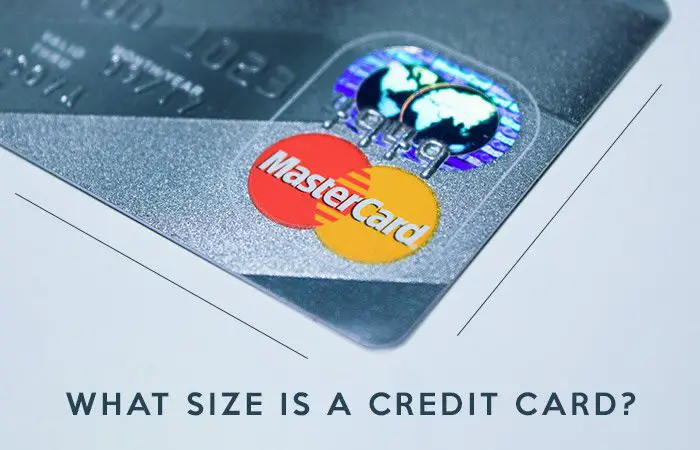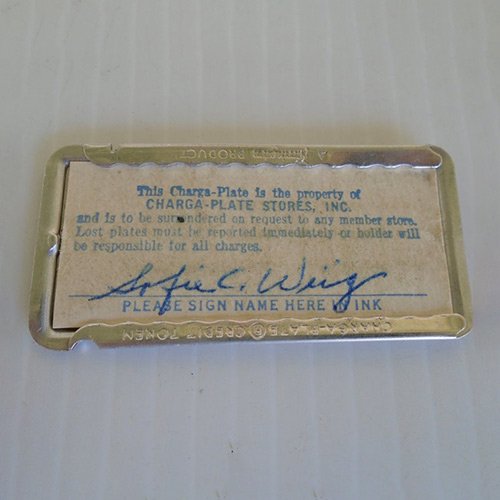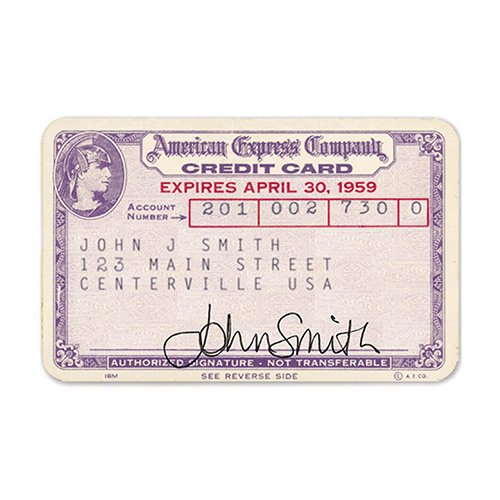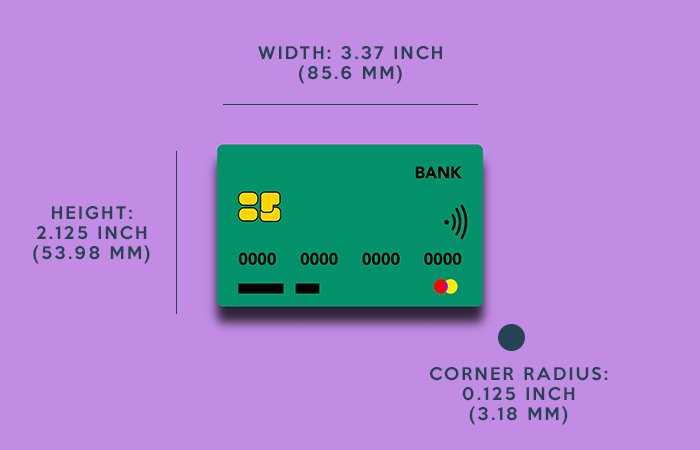
What Size Is Credit Card?
[The History of the Credit Card]
Since their inception back in the 1930s credit cards have always been a size that is recognized across all corners of the globe. Whether in the US, Europe, or as far as Japan, China, or New Zealand, the little rectangular pieces of plastic are one of the best examples of international standardization ever.
It’s thanks to this agreed-upon standardization that wallets are as easy to design, manufacture, and purchase as any wallet on the market is designed to accommodate credit cards with ease. It’s easy to overlook how fantastic it is that we have such standardized things that transcend countries, languages, and cultures.
It pays to look at things that are not standardized in our world that cause the most issues in everyday people’s lives. From plug sockets, currencies, and charging ports, having commonly used items/products standardized is something that we should all appreciate and be thankful for – credit cards included.


History of the Credit Card
The modern credit card as we know it today started in the 1950s and was influenced by the development of paper or brass tokens that were used by department stores in the early 1900s. Stores such as Wanamakers and Macy’s used these tokens as a form of credit where customers could exchange them for goods and services needed to make the payments by the end of the month.
Modern-day credit cards first appeared after WW2 aided by the boom in spending after the war. The first credit card was generally considered to be not by a bank but to be the Diners Clube Card. This cardboard card, at its peak, had over 10,000 members and allowed customers to spend balance at selected restaurants with the balance having to be paid off at the end of each month.
In 1951 Franklin National Bank issued its first credit card which is truly the first example of a modern-day credit card (see image above). This was shortly followed by banks and credit companies such as American Express with the rest of the world following suit with this new form of payment.

What Size is a Credit Card?
The standard size of typical credit card as defined by the International standards association (ISCO is 3.37 x 2.125 x 0.0625 inches (8.5598cm x 5.3975cm x 0.15875). This can be seen within the ISO Standards ISO/IEC 7810:2003. Below is a further breakdown of credit card sizes with different dimensions.
| CREDIT CARD SIZE | WIDTH | HEIGHT | THICKNESS | CORNER RADIUS |
| Inch | 3.37 Inch | 2.125 Inch | 0.0625 Inch | 0.125 Inch |
| Centimeter (cm) | 8.56 cm | 5.39 cm | 0.159 cm | 0.318 cm |
| Millimeter (mm) | 85.6 mm | 53.98 mm | 1.588 mm | 3.18 mm |
| Pixels (72 DPI) | 242.64 px | 225 px | 4.5 px | 9 px |
| Pixels (300 DPI) | 1011 px | 637.5 px | 18.75 px | 37.5 px |

Credit Card Thickness
As defined by the ISO the thickness of credit cards should have a thickness of 0.76 millimeters (0.0312 inches). That being said, the actual ‘total’ thickness can differ from card to card as many cards, mainly bank cards, have embossed letting of the front which further increases the size by a few millimeters.
Outside of international standards, companies also create a variety of different cards made from unique materials such as wood or metal (a good example is NFC Business Cards). For example, the high popular Apple Card (for use with Apple Pay) which is made from titanium is around 0.0325 inches which is slightly more.
What is a Credit Card Made from?
Credit cards are made from a durable and strong PVC Material or simply put plastic. They are designed with everyday use in mind and have some of the following characteristics so they’ll last a long time with proper care. These include:
- Bending stiffness
- Toxicity
- Resistance to chemicals
- Card dimensional stability and warpage with temperature and humidity
- Resistance to deterioration from exposure to light and heat
- Durability
Roam Wallet Review
We check out the ultra-compact, ultra-affordable Roam Wallet, with its unique design and style made for the outdoor lifestyle.
X Band Wallet Review
We take a quick look and one of the smallest and most affordable wallets in the world – The Elasticated X Band Wallet.
Thread Wallet Review
We check out the highly affordable and customizable Thread Wallet. Made from Elastic and minimalist in size, is this the ultimate slim wallet?



